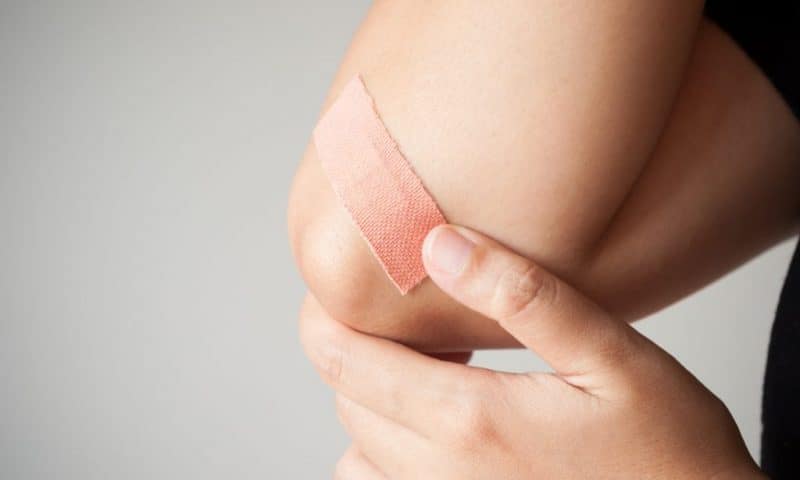One of the biggest threats to global health according to the World Health Organization is the threat of antibiotic resistance. There is an urgent need for us to change the way we use and prescribe antibiotics. Patients’ recovery can be improved by sensing and treating bacterial infections earlier and it would also limit the antibiotic-resistant microbes from spreading.
Now, in an approach to sense and treat bacterial infections even when the pathogen shows resistance, new color-changing bandages have been developed by researchers reporting in ACS Central Science. In treating wounds, these bandages can be used to sense drug-resistant and drug-sensitive bacteria accordingly can treat the wounds. This study was conducted by the researchers from the Chinese Academy of Science and was published in the ACS Central Science.
The paper-based, color-changing bandages created by the team were green initially. When an acidic environment, typically caused by a bacterial infection, is detected by the material embedded in the bandage, then the bandage will turn into yellow color releasing an antibiotic that kills drug-sensitive or non-resistant bacteria.
The bandage will turn red in color if the material in the bandage detects an enzyme produced by resistant microbes. In this case, there will be antibiotics released by the bandage and researchers shine a light on the wound. A drug called photosensitizer is used in this photodynamic therapy and a particular wavelength of light, which causes the photosensitizer to produce a form of oxygen that weakens the bacteria and makes it more susceptible to antibiotic treatment.
The bandages were tested on mice and it proved that the bandages are able to distinguish between drug-resistant and drug-sensitive cases and are able to sense E.coli infection. The research team was able to show that the wounds in mice infected with drug-sensitive or drug-resistant bacteria could be healed faster using the bandage.
A new, low-cost approach to monitoring and treating wounds, even those with drug-resistant bacteria could be possible if the researchers can perfect the bandages.

